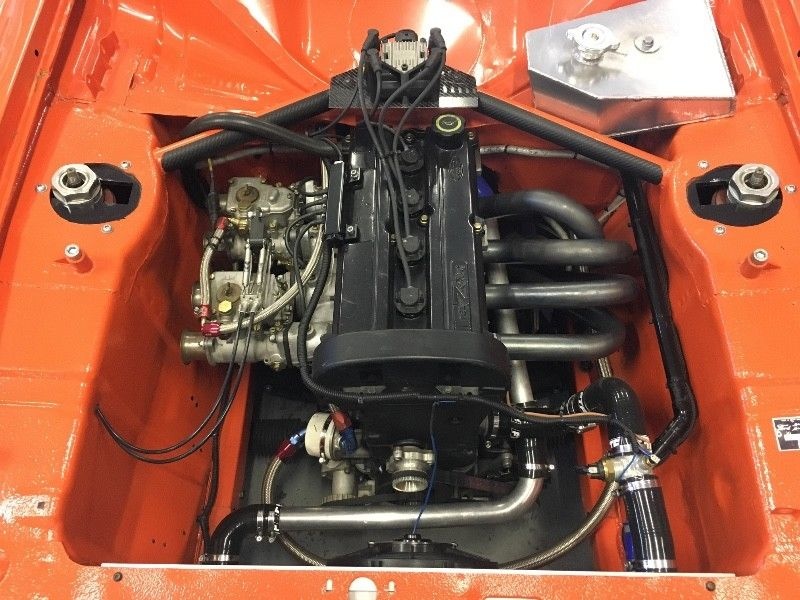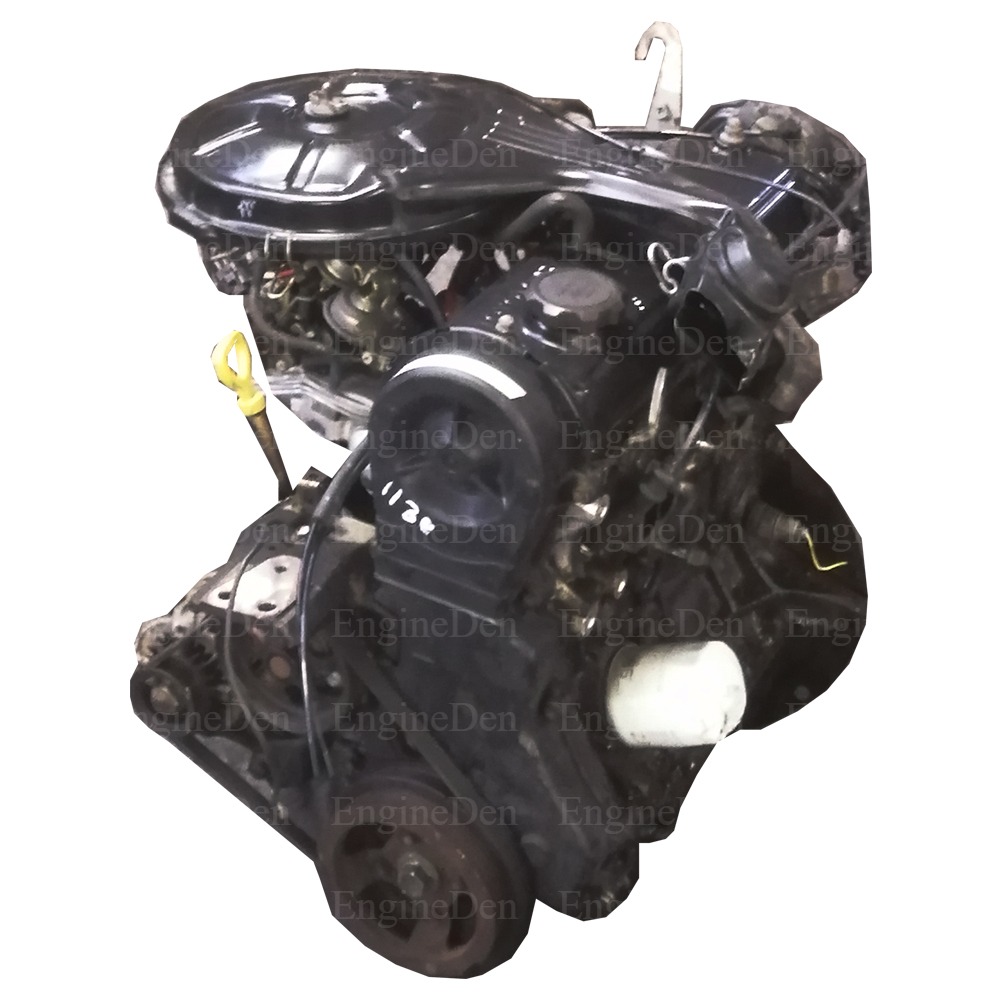Discover the Features and Benefits of the Toyota Tazz for First-Time Buyers
Discover the Features and Benefits of the Toyota Tazz for First-Time Buyers
Blog Article
Discover the current Patterns in Engine Technology With Tazz
In the rapidly developing landscape of automotive technology, Tazz stands at the leading edge, highlighting considerable improvements in engine systems that focus on both technology and sustainability. tazz. From crossbreed engines that maximize gas performance to the development of hydrogen gas cells, the patterns shaping contemporary powertrains are not only enhancing performance but also addressing important ecological obstacles. As the sector proceeds to push limits, it is vital to think about exactly how these developments will affect future transport remedies and the more comprehensive effects for international power usage. What lies in advance in this essential improvement?
Crossbreed Engine Innovations
Hybrid engine innovations stand for an essential shift in automotive innovation, combining the advantages of internal burning engines with electrical propulsion systems. This combination not only improves fuel performance however additionally decreases exhausts, meeting significantly strict ecological policies. By utilizing both power sources, hybrid engines can enhance efficiency, delivering power when required while preserving fuel throughout much less requiring driving conditions.
Current advancements in crossbreed modern technology include enhancements in battery performance and regenerative braking systems. These advancements enable for better energy healing throughout slowdown, which can be redirected to assist in velocity or power accessory systems. Furthermore, suppliers are concentrating on lightweight products and portable layouts to make the most of the effectiveness of hybrid powertrains.
The advancement of plug-in crossbreeds has actually additionally increased the marketplace, making it possible for drivers to bill their cars using standard electric outlets. This feature frequently permits significant all-electric array, further lowering reliance on standard fuels. tazz. As the automotive sector proceeds to evolve, hybrid engine technologies are expected to play an important function in bridging the gap between standard lorries and totally electrical designs, supplying a transitional service that satisfies diverse customer needs and preferences
Advances in Electric Powertrains
The auto landscape is swiftly progressing, with electric powertrains emerging as a leading pressure in lasting transportation. Advances in electrical lorry (EV) modern technology are substantially enhancing efficiency, customer, and performance experience. Secret developments consist of enhancements in battery chemistry, which have boosted energy thickness, decreased billing times, and extended total battery life.
Solid-state batteries, for example, promise to reinvent the market by supplying greater security and efficiency compared to typical lithium-ion cells. Moreover, developments in regenerative stopping systems are allowing lorries to recover power throughout deceleration, adding to overall effectiveness.
In enhancement to battery modern technology, electric motor styles are coming to be more advanced. Advancements such as incorporated motors and advanced thermal administration systems are assisting to maximize power delivery and lower weight, inevitably enhancing automobile dynamics.

Jointly, these breakthroughs highlight the commitment to transition towards cleaner, more reliable transport options, positioning electric powertrains at the center of automobile innovation.
The Surge of Hydrogen Gas Cells
Significantly, hydrogen gas cells are acquiring traction as a viable choice to standard interior combustion engines and battery electrical lorries. This modern technology utilizes the chemical energy saved in hydrogen, converting it into power with an electrochemical reaction with oxygen. The key by-product of this procedure is water, making hydrogen fuel cells an environmentally pleasant choice with absolutely no discharges at the tailpipe.

Automakers are significantly purchasing hydrogen gas cell technology, acknowledging its capacity for long-range applications and fast refueling capacities that measure up to conventional fuels. Additionally, industries such as durable transportation and public transportation are specifically fit for hydrogen gas cells, where battery electrical remedies might fail as a result of weight and array constraints.
As study and financial investment remain to broaden, hydrogen gas cells best site are positioned to play a substantial duty in the future landscape of tidy transport and power options.
Enhancements in Internal Combustion Engines
Advancements in interior combustion engine (ICE) technology are transforming traditional lorries to meet modern-day ecological requirements and performance expectations. Among one of the most considerable enhancements involves the integration of innovative gas injection systems. These systems maximize the air-fuel combination, improving combustion efficiency and resulting in decreased exhausts. Straight fuel injection, as an example, permits for better atomization of fuel, leading to more total burning and enhanced power output.
In addition, turbocharging has obtained importance, allowing smaller sized engines to deliver greater performance without the weight of larger engines - tazz. This technology not just boosts effectiveness however also adds to lower fuel intake. Variable valve timing systems are additionally being refined, allowing engines to adapt to different driving problems for improved torque and responsiveness
In addition, the use of light-weight materials in engine building and construction is ending up being typical, additional boosting gas effectiveness by lowering overall automobile weight. Engine control devices (ECUs) are increasingly innovative, making it possible for real-time modifications that maximize efficiency and emissions.
These enhancements jointly indicate a critical change in ICE modern technology, aligning with global sustainability goals while still supplying the efficiency drivers anticipate from their automobiles. As the sector evolves, these enhancements continue to form the future of typical automotive engineering.
Future Trends in Engine Effectiveness
Considerable advancements in engine effectiveness are expected as makers concentrate on incorporating sophisticated modern technologies to meet stringent environmental regulations and consumer demands. The change in the direction of electrification, hybrid systems, and alternative fuels is improving the automotive landscape, driving innovations that enhance gas economic situation and lower exhausts.
Among the crucial patterns is the application of sophisticated materials and manufacturing strategies. Light-weight compounds and high-strength alloys contribute to reduced vehicle weight, hence boosting general efficiency. Additionally, the fostering of turbocharging and variable valve timing modern technologies allows for boosted power outcome from smaller engines, further boosting gas economic climate.

Conclusion
Advancements in crossbreed engine systems, electrical powertrains, and hydrogen gas cells demonstrate a commitment to decreasing discharges while boosting performance. Improvements in internal combustion engines and a focus on lightweight materials contribute to overall engine effectiveness.
From hybrid engines that enhance fuel effectiveness to the introduction of hydrogen gas cells, the fads forming modern-day powertrains are not just boosting efficiency yet additionally addressing critical environmental challenges.Hybrid engine innovations stand for a crucial change in auto modern technology, incorporating the browse around this site advantages of interior burning engines with electric propulsion systems.Additionally, turbocharging has gained prominence, permitting smaller sized engines to provide higher performance without the weight of bigger engines. In addition, the adoption of turbocharging and variable valve timing technologies permits for boosted power outcome from smaller engines, further enhancing gas economic climate.
Enhancements in internal burning engines and a focus on lightweight products add to overall engine performance.
Report this page